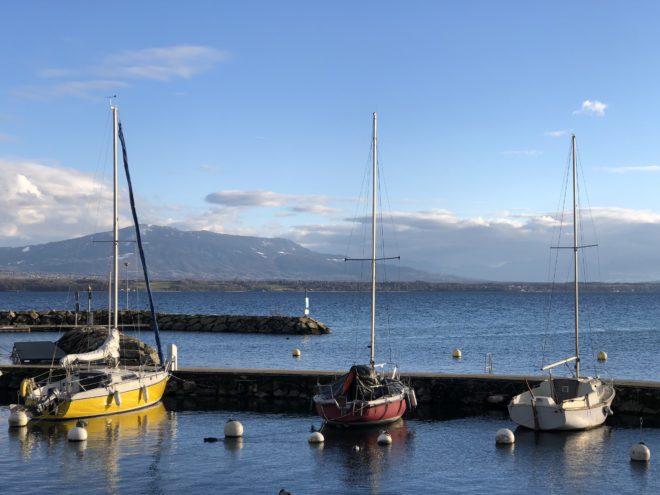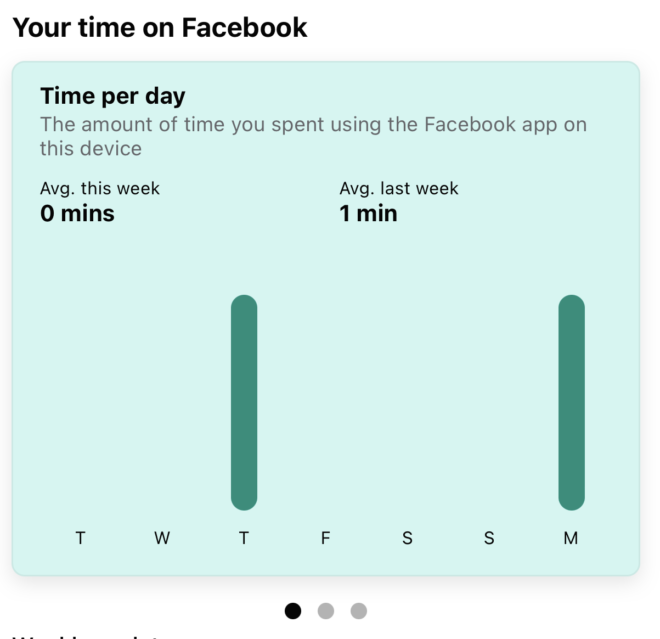Tag: twitter
-

A 2000 Year old Greek Mosaic in Turkey
Reading Time: < 1 minuteI like archeological twitter because it shows us curiousities every day of the week, several times a day. I like the image of the mosaic below because you see that it was quite deep, and hidden. Imagine digging down and coming across such a sight and site. More info
-
Keir Starmer’s Speech Today
Reading Time: < 1 minuteThis speech reminds us that English democracy is not gone, that there are moral people still around, and that we need to get the current Tory government out of power and go back to having leadership worthy of respect. When you are at events you listen to speech after speech, and…
-
The Roman Civilisation On Twitter
Reading Time: 2 minutesThe Roman Civilisation is being tweeted about on Twitter. There are accounts that tweet about ongoing archeological digs, museum opening times and more. They also share images and videos, providing people with a visual way of learning about the Romans. One of these twitter accounts is Roman Britain. They tweet original content…


